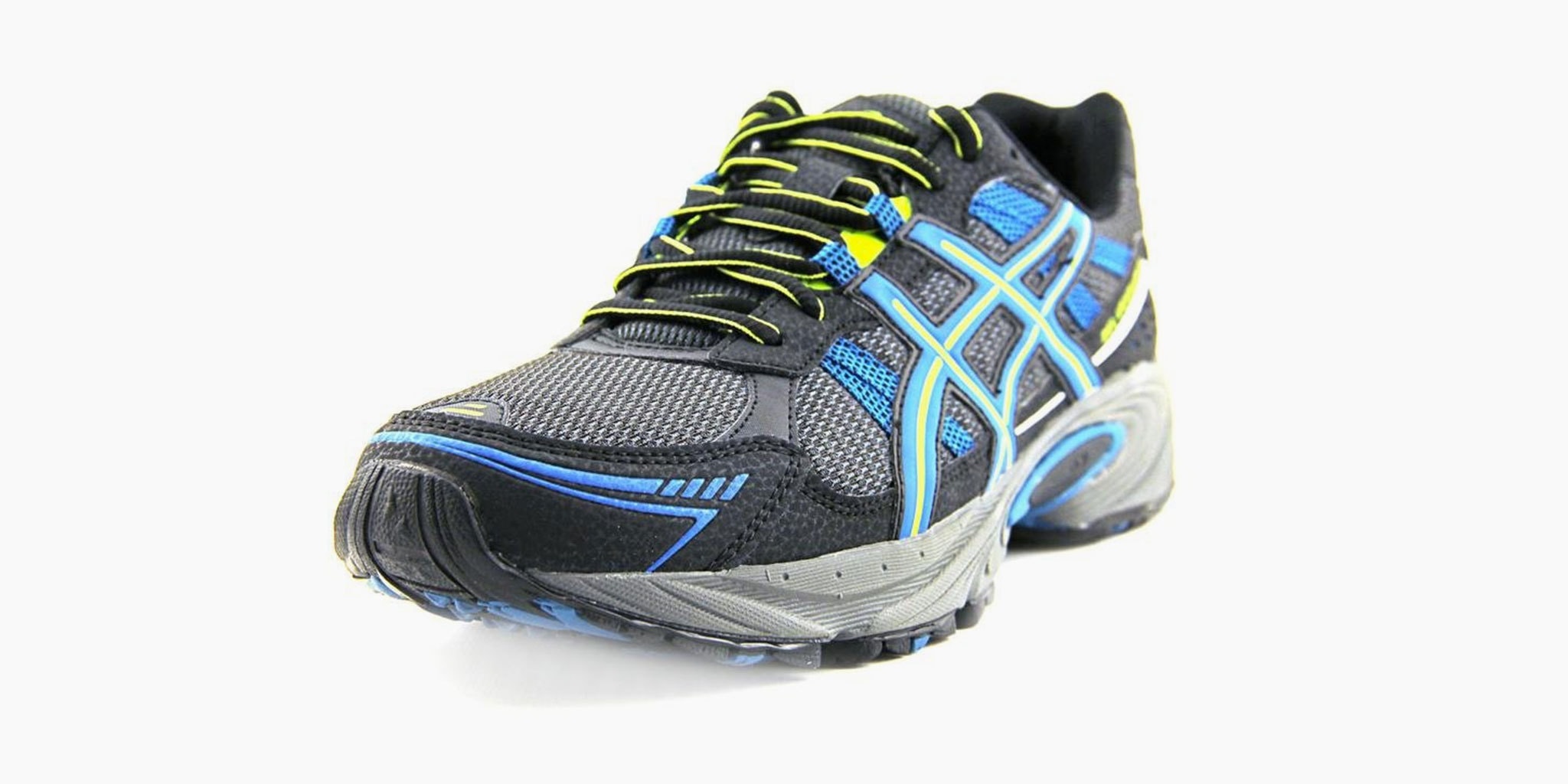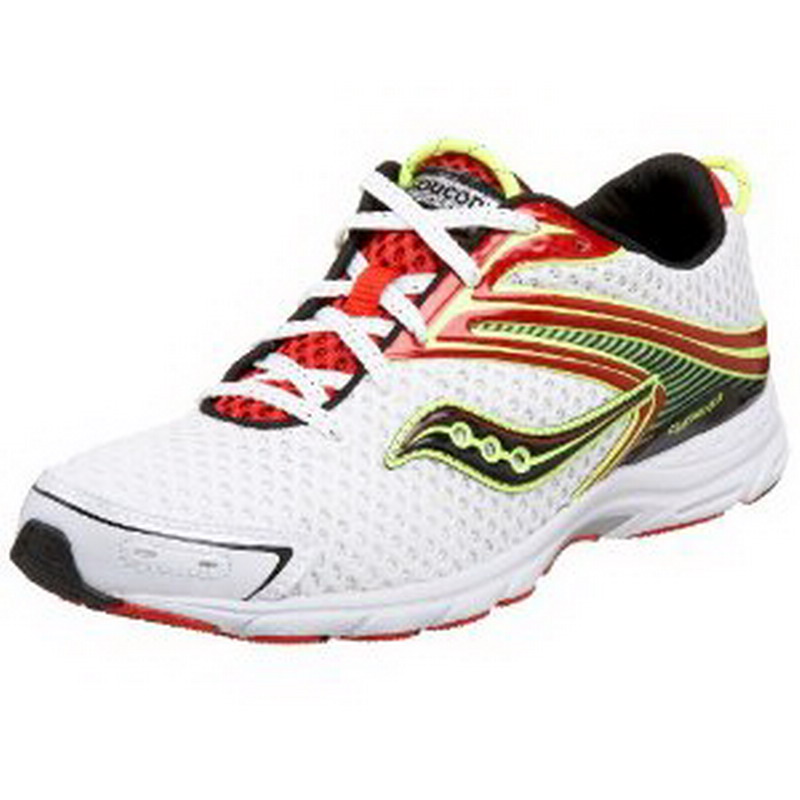



If you are experiencing pain in these areas while running, talk to a podiatrist. However, according to the American Podiatric Medical Association, excessive pronation can contribute to heel pain as well as injuries to the hip, knee and lower back. If you do notice some overpronation, don't stress, it's usually not an issue without encountering pain or injury. Better yet, have your running buddy take a video of you running on a treadmill or on the pavement to see if the inside of your arches collapse when they hit the ground. If the inside of the bottom sole shows significantly more wear, you might overpronate. If you're looking for a quick way to check if you overpronate while you're running, take a look at your go-to pair of running shoes. People with flat feet tend to overpronate, which can put strain on the big toe, causing arches to collapse or the ankles to roll inwards, according to the American Academy of Orthopedic Surgeons. Overpronation refers to a foot strike that rolls too far downwards and inwards. There are varying degrees of foot rolling in a runner's stride. Pronation is the natural downward and inward rolling movement of the foot when it hits the ground. To start with, it's helpful to understand what the foot is doing as it strikes the ground.


 0 kommentar(er)
0 kommentar(er)
